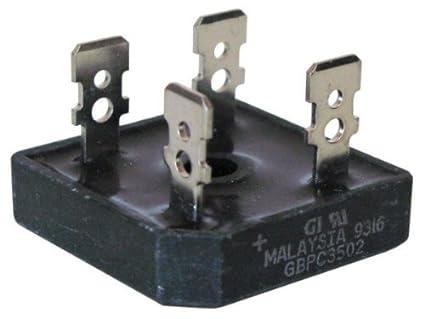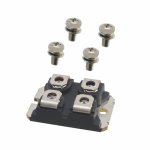When I start up my -7A, the first switch on is the Aux Battery which powers the G3X on the Power2 pins through a diode. Even with the direct voltage reading of the Aux Battery at 12.6 volts, the voltage reading through the diode on G3X is only 11.9 volts or so, which is enough to keep the G3X powered until the Power1 pins provide power through the avionics bus after the alternator is running. When starting without the Aux Battery, the main battery powers up the G3X which then drops out as the voltage sags while the starter turns the engine. Then the G3X reboots after the engine is running, but there is a minute or two of no engine information before the boot up is complete.
The alternator recharges the main battery directly at 14.3 volts, but the Aux Battery only sees about 13.7 volts charge rate through the diode. In practice, this setup works ok, but it seems that the Aux Battery doesn't really get enough charge to get topped up. Depending on how much I'm flying, I'll remove the Aux Battery to give it a full charge. This was especially true with the EarthX 12 Aux Battery I just removed. It would directly read 13.5 volts, 12.9 volts through the diode, but didn't have any longer term capacity and certainly woudn't last 30 minutes. I replaced it with a Duracell SLA, which directly checks at 12.5 volts and 11.9 volts through the diode, but has more guts and does provide 30 minutes of power, but it's 3 lbs. heavier.
Question: What is the best wiring setup to get the Aux Battery charged at the same 14.3 volt rate that the main battery sees?
The alternator recharges the main battery directly at 14.3 volts, but the Aux Battery only sees about 13.7 volts charge rate through the diode. In practice, this setup works ok, but it seems that the Aux Battery doesn't really get enough charge to get topped up. Depending on how much I'm flying, I'll remove the Aux Battery to give it a full charge. This was especially true with the EarthX 12 Aux Battery I just removed. It would directly read 13.5 volts, 12.9 volts through the diode, but didn't have any longer term capacity and certainly woudn't last 30 minutes. I replaced it with a Duracell SLA, which directly checks at 12.5 volts and 11.9 volts through the diode, but has more guts and does provide 30 minutes of power, but it's 3 lbs. heavier.
Question: What is the best wiring setup to get the Aux Battery charged at the same 14.3 volt rate that the main battery sees?
Last edited:






